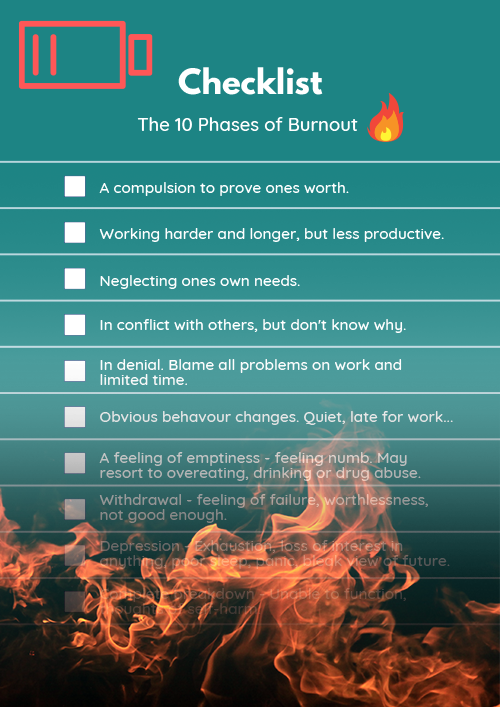What are habit releasers?
Habit releasers progressively break down your negative habits of thinking and behaving. Habits can lock in place a substantial amount of pain, stress and suffering. Dissolving them enhances the effectiveness of the whole mindfulness programme.
Habit releasers are generally enjoyable to carry out and are designed to re-ignite your innate happiness and curiosity, while also melting away Secondary Suffering. Typical habit releasers consist of going for a walk and taking in the elements around you, waiting for the kettle to fully boil before making a cup of tea or coffee, watching a drip fall off a leaf, or watching a bee collect pollen from a flower. Try to do these with your full attention – with full mindful awareness.
At the end of this post I will have a link to a meditation exercise to practice. You should practice this at least six days per week.
You can’t fail at meditation, but it can sometimes take some time to practice it.
What does the meditation exercise involve?
This meditation exercise will introduce you to the Body Scan meditation. It invites you to move your awareness around the body and to focus your mind on the sensations that you find. This simple meditation highlights the difference between thinking about sensation and experiencing it directly. It helps you sense the difference between Primary and Secondary Suffering..
Your relationship with pain and illness will change profoundly. For this reason, the Body Scan lays the foundations for future meditations. This meditation is also an extremely powerful stress reliever.
How long does the meditation take?
The meditations should only take 10 minutes and should ideally take place twice per day. It is up to you when you do them, but I would recommend doing at least one of them before bed, especially as pain tends to feel worse at night and many people with chronic pain tend to struggle with sleeping.
It is also best to meditate in a quite and peaceful space. If you are at home, it would be wise to turn off the phone and TV, so you are not distracted. Also, if others are at home, let them know that you do not wish to be distracted for quarter of an hour or so.
How should you sit?
It is not necessary to sit cross-legged on the floor. This is likely to be extremely uncomfortable. This also has nothing to do with meditation.
The nest way to meditate, is either being sat on a chair with a straight back, with your feet flat on the floor and your hands relaxed to your side. Try and remain as upright as possible. If your legs don’t quite reach the floor, place a cushion underneath them.
If you have a back problem, you may find it easier to kneel on the floor. However, this can be harder on the knees and ankles, so just experiment what works best for you.
The body scan meditation is generally carried out lying down. You should lie on a mat on the floor, rather than a bed, because you are likely to associate this with sleeping. You can put a blanket or towel under your head if this is more comfortable and rest your hands on your tummy.
Next week we’ll be looking at your thoughts

